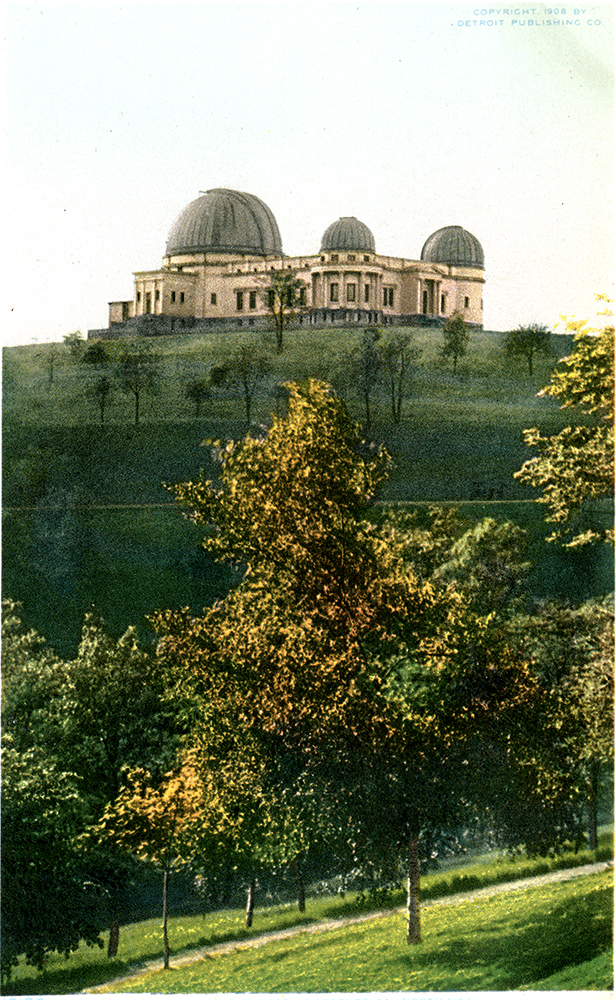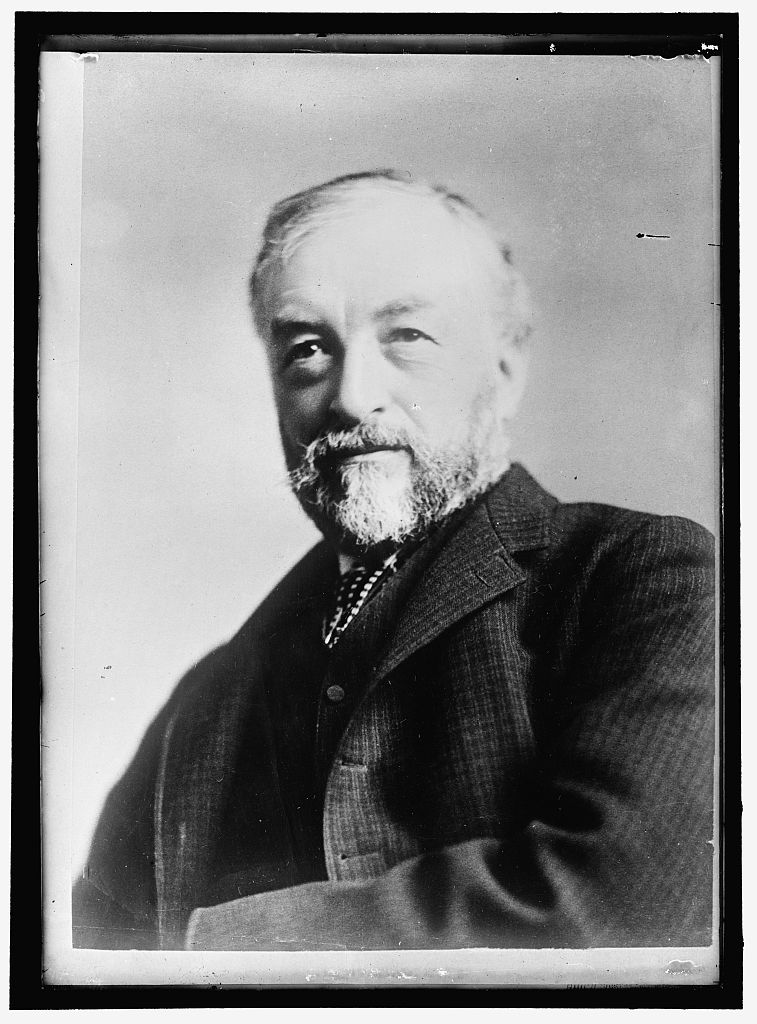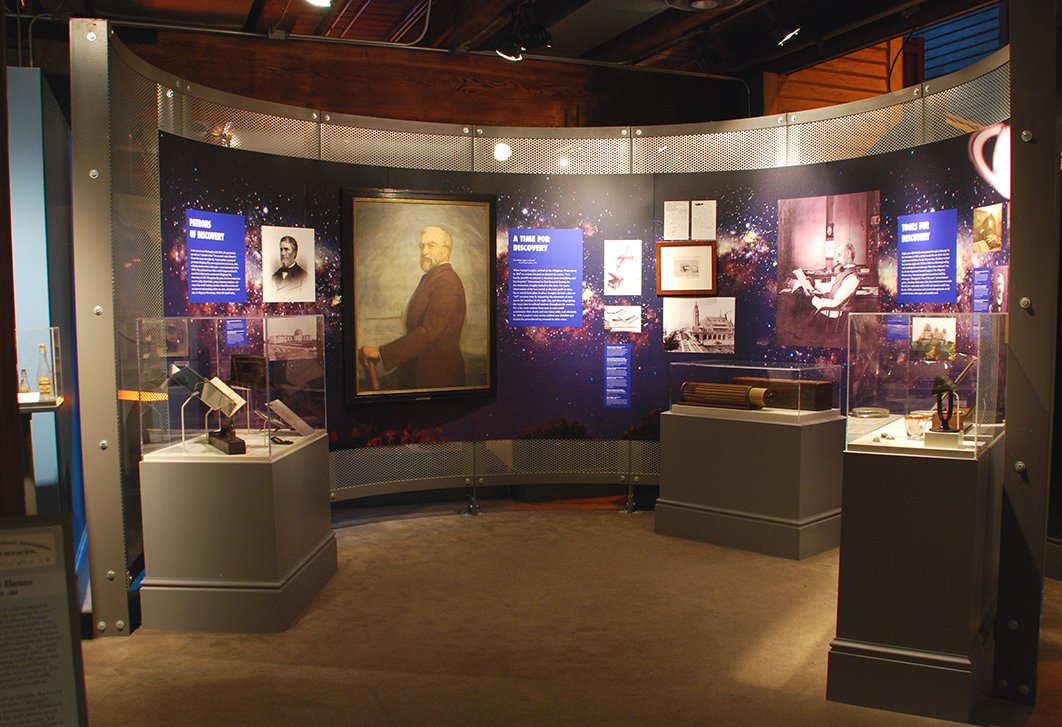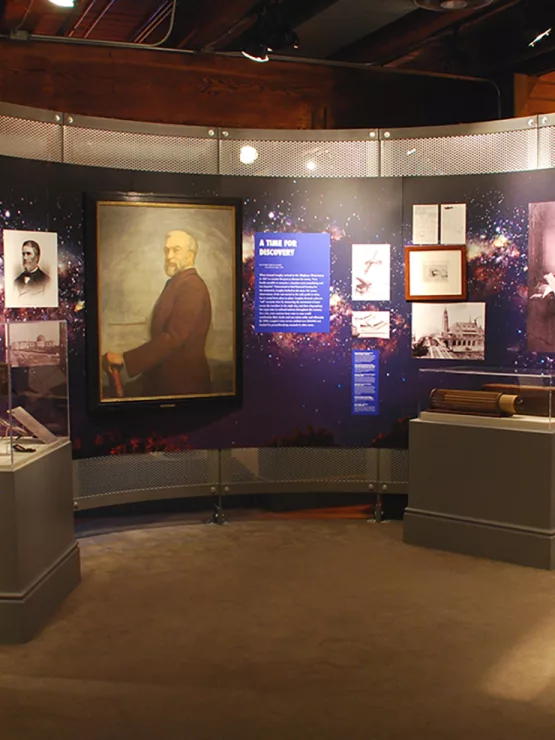 The Allegheny Observatory, founded in 1859, has been integral to plenty of advancements in astronomical research. However, one of its most interesting contributions – accurate timekeeping – primarily benefited another important industry: railroads.
The Allegheny Observatory, founded in 1859, has been integral to plenty of advancements in astronomical research. However, one of its most interesting contributions – accurate timekeeping – primarily benefited another important industry: railroads.
For much of human history, timekeeping was an imprecise science based on the movement of the sun. The sun’s position in the sky is relative to where one is situated on the earth, so with this system, time varied by a few minutes from town to town. This kind of timekeeping – called local time – was inexact, but it worked for centuries because nobody needed to know the time in a place that was miles away and took days to travel to. However, as railroads increased in popularity during the 19th century, travel time became shorter and a need for consistent time keeping was essential.
The inconsistency of local time caused many travelers to miss trains because their watches were set to a different time than the incoming train. More significantly though, local time had the potential to be dangerous. If two railroad operators were running on even slightly different times, they were at risk of causing a train collision. With both money and lives at stake, it became clear that railroads were in need of a more precise method of timekeeping. Astronomer and physicist Samuel P. Langley set out to solve this dilemma.

Langley moved to Pittsburgh in 1867 to serve as the director of the Allegheny Observatory and as a professor of astronomy and physics at the Western University of Pennsylvania, today’s University of Pittsburgh. The observatory previously served as the home of the Allegheny Telescope Association, but it was donated to the university that year because the club had fallen into debt and could no longer keep it. When the university acquired it, the observatory was in disrepair and lacked a research library and proper equipment. As the first director, Langley knew it was his responsibility to find a way to raise enough funds to repair the observatory and maintain it for years to come.
Langley understood the railroads’ need for accurate time and saw it as an opportunity to fund the observatory. He purchased a telescope that allowed him to observe and measure the movement of the stars, using it to calculate accurate time. He then utilized the telegraph system to transmit the time to railroad companies for a fee. It would not be the first time an observatory released precise time to the public, but it would be the first instance of an observatory regularly transmitting the time as a subscription service. Langley’s service became known as the Allegheny Time System.
The observatory first transmitted time to Pittsburgh jewelers who wanted to accurately set their timepieces. In 1869, the Pennsylvania Railroad became the first railroad company to subscribe to the Allegheny Time System. Eventually, dozens of railroads, businesses, and even some cities were running on the Allegheny time. Langley recognized the impact of his system, writing in the Journal of the Society of Telegraphic Engineers in 1873 that the distribution of accurate time was responsible for “facilitating the transportation of this country” and “enhancing the safety of life and of merchandise in transit.”
Langley’s system made railroads safer and more efficient and also raised money to help preserve the means for astronomical research in the Western Pennsylvania region. By 1890, the time service had earned more than $60,000 – money that was used to fund research, pay staff, and maintain the facility. The observatory continued to be supported by its time service program until the U.S. Naval Observatory began distributing accurate time for free.
Langley’s work with time distribution and railroads was also integral to the national establishment of standard time and time zones years later. On Nov. 18, 1883, all railroad companies in North America adopted four time zones and began operating on standard time. In 1918, Congress officially adopted standard time.
Visitors to the Heinz History Center’s Pittsburgh: A Tradition of Innovation exhibition can see artifacts from the Allegheny Observatory from the late 19th century and learn more about its contributions to the field of astronomy.

Lauren Ball is an intern volunteer with the communications division at the Heinz History Center.

